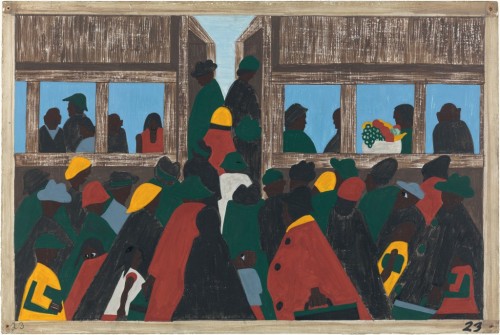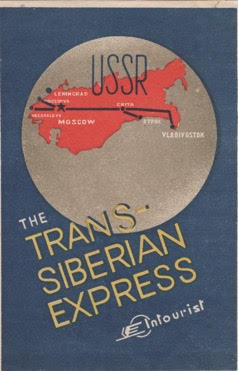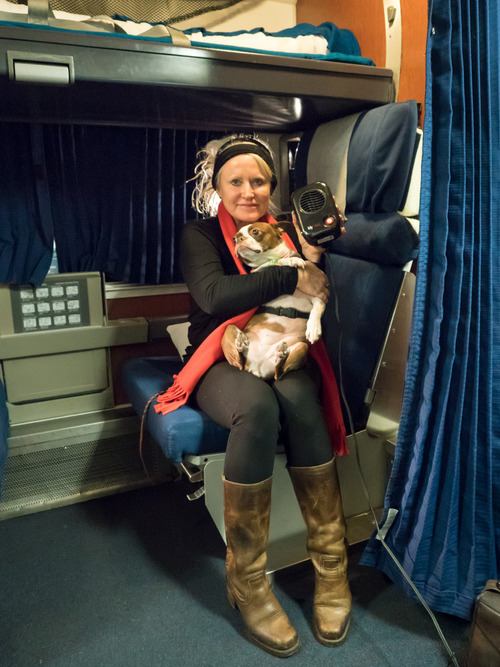The aforementioned trip from Portland, OR to Minot, ND was overwhelmingly male. Ranging in age but not much in ethnic background (from what I could tell), the fellows on this train stared coldly at most of the ladies walking down the aisle, making me and another I spoke to more than a little uncomfortable at times. I’d read about the man camps at the oil boom towns, and how rough the culture of these towns can be. The train became a heightened, ephemeral version of this, or so it felt; for the first time I became highly aware (in a negative way), of how much being on the train can restrict your movement, how intimate it forces you passengers to be with each other. The woman working in the cafe car told me that she sold out of sandwiches early in the day because people just kept eating; I observed a lot of drinking and heard several rough stories of drunkenness, drugs, getting kicked off the train, and one case of violence. As a proselytizing christian kindergarten teacher I spoke to said, “the more times you ride the train, the more craziness you see– I guess it’s like life in that way”.






